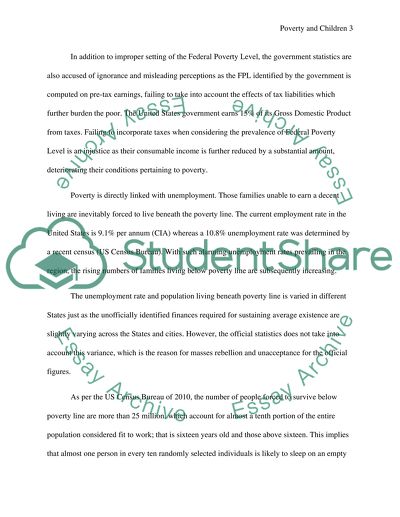Cite this document
(“Poverty and Children in the United States Essay”, n.d.)
Retrieved from https://studentshare.org/sociology/1394907-poverty-and-children-in-the-united-states
Retrieved from https://studentshare.org/sociology/1394907-poverty-and-children-in-the-united-states
(Poverty and Children in the United States Essay)
https://studentshare.org/sociology/1394907-poverty-and-children-in-the-united-states.
https://studentshare.org/sociology/1394907-poverty-and-children-in-the-united-states.
“Poverty and Children in the United States Essay”, n.d. https://studentshare.org/sociology/1394907-poverty-and-children-in-the-united-states.


